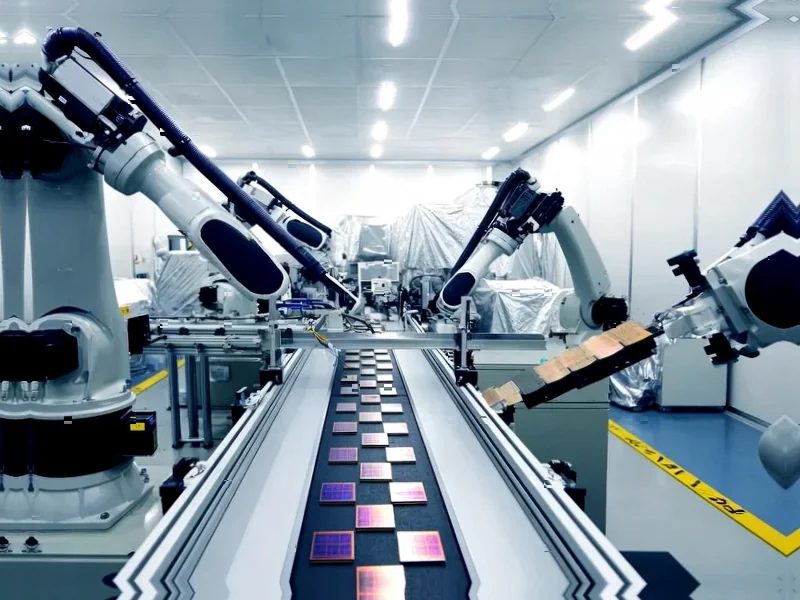According to Wccftech, AMD just crushed Q3 2025 earnings with record $9.2 billion revenue, up 36% year-over-year and 20% from last quarter. Data center revenue hit $4.3 billion while client and gaming segments surged 73% to $4 billion. CEO Lisa Su confirmed their next-generation 2nm EPYC Venice “Zen 6” CPUs are performing really well in labs and on track for 2026 launch alongside Instinct MI400 AI accelerators. Multiple cloud partners already have Venice platforms online, and the MI400 series has scored major deals with Oracle and the US Department of Energy. AMD will host its Financial Analyst Day on November 11th to discuss these upcoming products.
<h2 id="amd-2026-roadmap”>The 2026 Power Play
Here’s the thing – AMD isn’t just talking about future products, they’re already locking in massive customers. Oracle committing to “tens of thousands” of MI450 GPUs starting in 2026? The Department of Energy choosing Venice CPUs and MI430X accelerators for their next flagship supercomputer? These aren’t small bets. They’re validation that AMD’s data center strategy is working at exactly the right time.
And the timing couldn’t be better. With NVIDIA dominating AI and Intel trying to regain footing, AMD needs this Venice/MI400 combo to land hard. The fact that cloud providers already have Venice platforms online suggests they’re getting this right – no last-minute delays, no performance surprises. Basically, they’re executing where it matters most.
Where The Money’s Flowing
Look at those numbers – data center at $4.3 billion and client/gaming at $4 billion. But the real story is in the growth rates. Client and gaming up 73% year-over-year? That’s insane. Ryzen 9000 CPUs hitting all-time highs while Radeon RX 9000 GPUs finally approach MSRP pricing tells you the consumer side is firing on all cylinders.
Meanwhile, gaming revenue jumping 181% thanks to console deals shows AMD’s diversified approach is paying off. They’re not just a CPU company anymore – they’re hitting every segment that matters. And with FSR 4 adoption doubling to over 85 games, they’re building the software ecosystem to match the hardware.
The AI Arms Race Heats Up
Now let’s talk about the MI400 series competing with NVIDIA’s Rubin platform. 40 petaflops of compute and 432GB of HBM4 memory at 19.6 TB/s? Those are numbers that can actually challenge NVIDIA’s dominance. But here’s the question – can AMD’s software stack keep up?
The OpenAI partnership for 6 gigawatts worth of AMD GPUs, including 1 gigawatt of next-gen MI450, suggests the industry wants alternatives. When even AI’s biggest player is diversifying its GPU suppliers, you know the market is ripe for competition. AMD’s timing here feels right – they’re hitting the market just as customers are looking for options beyond NVIDIA’s pricing power.
What Comes Next
AMD’s Financial Analyst Day on November 11th should give us more details about their long-term strategy. But based on these earnings and the customer momentum they’re building, 2026 looks like it could be AMD’s biggest data center year yet.
The real test will be execution. Can they deliver Venice and MI400 on time with the performance they’re promising? If they can, we might finally see some real competition in the AI accelerator space. And honestly, the market desperately needs it.




